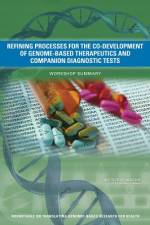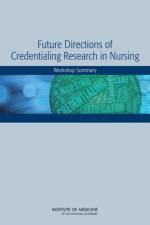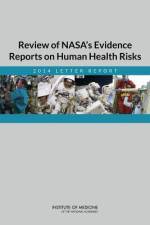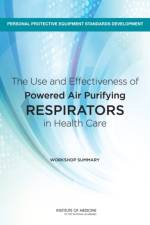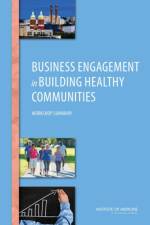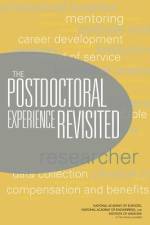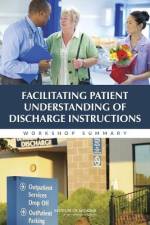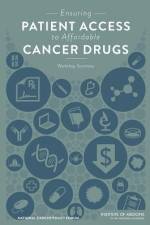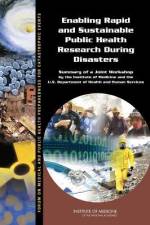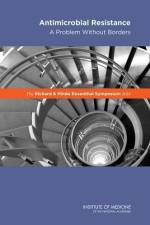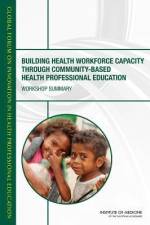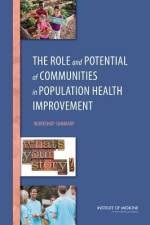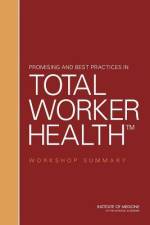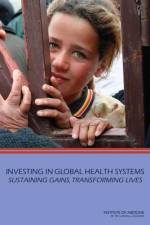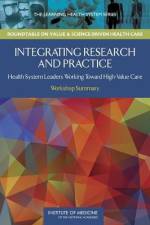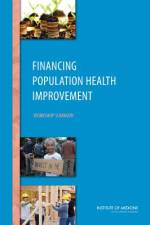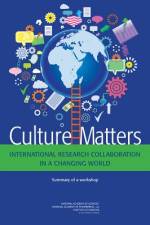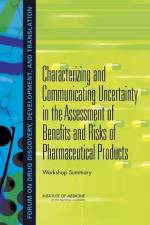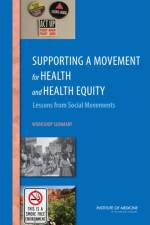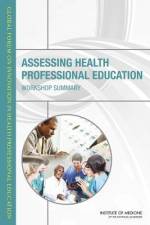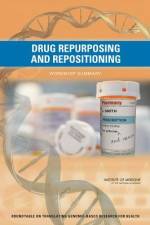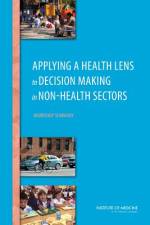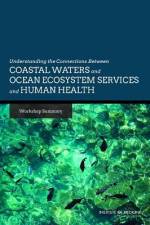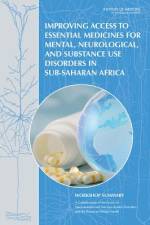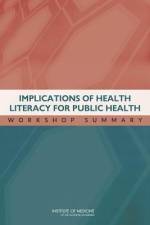av Institute of Medicine
385,-
For the first time in decades, promising news has emerged regarding efforts to curb the obesity crisis in the United States. Obesity rates have fallen among low-income children in 18 states, the prevalence of obesity has plateaued among girls, regardless of ethnicity, and targeted efforts in states such as Massachusetts have demonstrably reduced the prevalence of obesity among children. Although the reasons for this turnaround are as complex and multifaceted as the reasons for the dramatic rise in obesity rates in recent decades, interventions to improve nutrition and increase physical activity are almost certainly major contributors. Yet major problems remain. Diseases associated with obesity continue to incur substantial costs and cause widespread human suffering. Moreover, substantial disparities in obesity rates exist among population groups, and in some cases these disparities are widening. Some groups and regions are continuing to experience increases in obesity rates, and the prevalence of severe obesity is continuing to rise. The Current State of Obesity Solutions in the United States is the summary of a workshop convened in January 2014 by the Institute of Medicine Roundtable on Obesity Solutions to foster an ongoing dialogue on critical and emerging implementation, policy, and research issues to accelerate progress in obesity prevention and care. Representatives of public health, health care, government, the food industry, education, philanthropy, the nonprofit sector, and academia met to discuss interventions designed to prevent and treat obesity. The workshop focused on early care and education, schools, worksites, health care institutions, communities and states, the federal government, and business and industry. For each of these groups, this report provides an overview of current efforts to improve nutrition, increase physical activity, and reduce disparities among populations.


